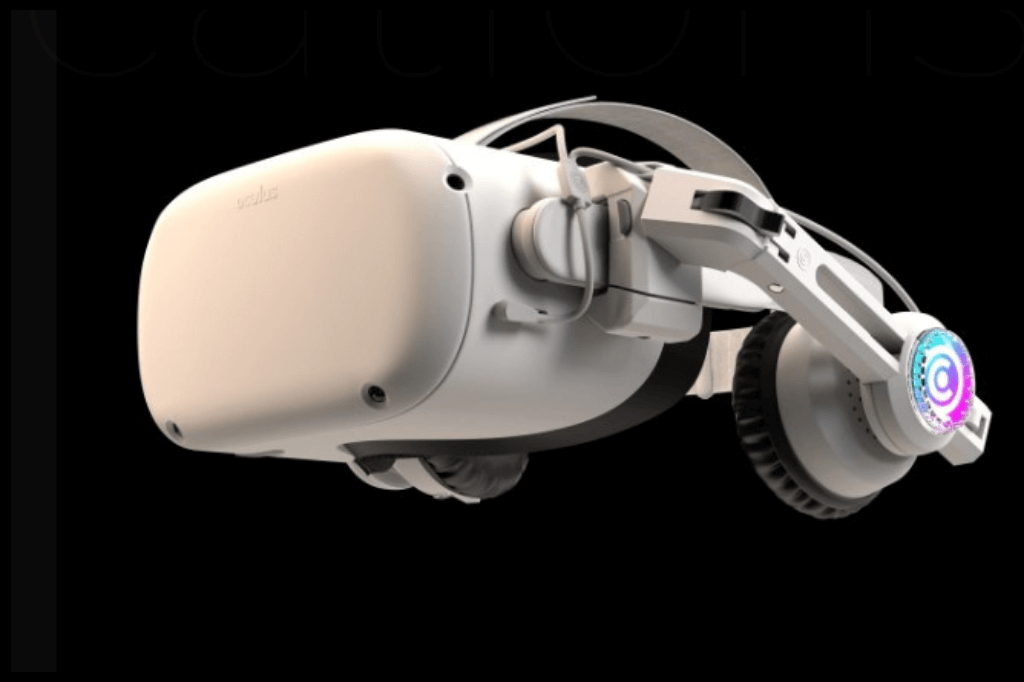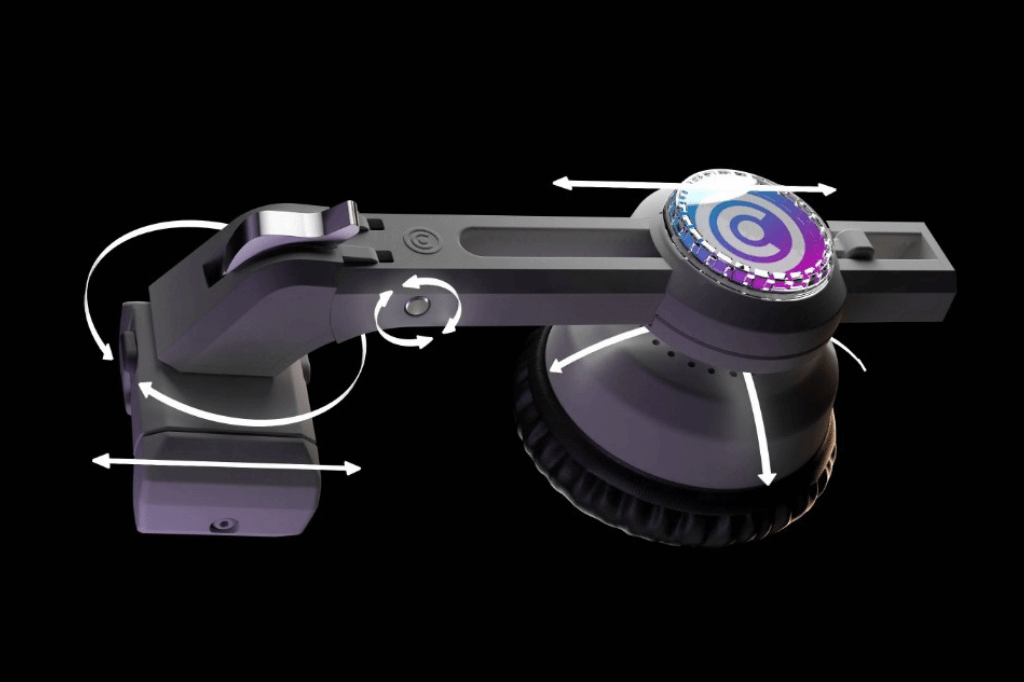Meta’s Quest line of headsets is introducing lots of people to VR, largely through its low price point. While reviews typically laud the video quality, there is (at least) one area where some users are less impressed. The audio. However, one company – and only one company, as far as we know – is trying to fix it.
No, it’s not Meta. It’s Conquest VR. I talked with CEO Raghu Bathina to learn more.
Meet Conquest VR
Conquest VR officially launched at AWE. I was supposed to meet them in person and see the headset at AWE but couldn’t find them in time on the massive expo floor.
It’s not every day that ARPost writes about a company that has no website. But, as of this writing, that’s where Conquest VR is. To be clear, the company has a website, but it’s just a landing page as the company prepares to launch its product. They let me in through a backdoor to write this article, but the company is also active on Twitter and LinkedIn.

Conquest VR founders are industry veterans, having previously developed software for the healthcare industry. While healthcare software to audio hardware may seem like a strange leap, healthcare and other industries that require environmental cues and situational awareness are some of the first to focus on the significance of sound to immersive experiences.
“We kind of felt that the VR headsets were getting better in terms of visuals and graphics but the audio was kind of taking a back seat,” said Bathina. “Audio is really half of the experience.”
How Does it Work?
So, what is Conquest VR exactly? They are making a hardware adapter that will bring VIVE-level audio quality to the Quest.

While Quest 2 is the target headset for the adapter, it will also work on most other headsets. So far it’s been successfully tested on the Pico Neo 3, HTC VIVE Focus 3, and Varjo headsets. This is possible through the combination of a clever attachment system and the fact that most VR headsets come equipped with a standard audio jack.
Conquest VR works by attaching two on-ear phones to the headset, whether on the strap or on the headset itself, and plugging into the audio jack. This means three important things:
- The adapter can work with practically any VR headset
- The adapter can be used in conjunction with other adapters (battery packs, elite straps, etc.) and,
- The adapter draws on the device battery rather than requiring its own power source.
“We wanted to avoid extra charging of the headphones,” said Bathina. “We’re trying to provide as easy an integration as possible for the user.”
Intriguing Design
VR audio aficionados may be surprised at some of the design choices made by Conquest VR. Like on-ear phones, for a start. So far, VR headsets with integrated headphones (rather than onboard speakers) go with an off-ear phone. The idea seems to be that an on-ear or in-ear phone would reduce immersion.
Bathina explained that Conquest VR went with on-ear phones because it helps to avoid “sound leakage” – similar to the “light leakage” that displays try to avoid with tightly fitting faceplates. According to Bathina, this both provides privacy and prevents ambient sounds from breaking immersion for the user.

That said, because the phones rest on the headset rather than on the user’s head, the pressure on the ear is nearly non-existent. In most on-ear phones – even high-end headphones – this pressure comes from a “clamp effect” of the tension required to keep the headphones on a user’s head.
“We really thought, if we were using this, what would we want?” said Bathina.
The One Thing We Don’t Know
We’re missing at least one major detail: we don’t know what price tag Conquest VR will have when it hits shelves in the next few months. This will be a major sticking point for consumers, as pointed out by “SkarredGhost” Antony Vitillo in his review – as adapters essentially raise the price of the Quest 2. Vitillo also mentions that the adapter “is not super sexy to see.” I’m not so sure.
While Vitillo has tried the adapter and I haven’t (yet), I am inclined to disagree with those points somewhat. Much of the success of VIVE is arguably from the fact that optional additional hardware gives buyers a relatively lower-priced entry point that they can invest in over time. The healthy ecosystem of third-party adapters around Quest may be giving Meta that same power.
Further, the Quest 2 still retails at about $300 and the next headset with phones (the VIVE Cosmos) rings up at $700. That gives Conquest VR a lot of wiggle room before a Conquested Quest starts being price competitive with anyone.

Further, while Conquest VR is definitely a noticeable adapter, I think it looks cool. Not only that, I commented on how cool I think KKCOBVR’s battery pack is – in large part because of its size and exposed wires. I’m looking forward to seeing my Quest 2 with the KKCOBVR strap and the Conquest VR headphones. A lot of modders and riggers probably take pride in visible adapters.
For all that, it’s not a matter of me being right or Vitillo being right (thank God). There will be people that think that Conquest is too bulky and too expensive, and there will be people that think a Conquested Quest is still a bargain and that bulky modded-out headset rigs look cool.
Anxiously Awaiting Launch
Conquest is still gearing up to go to market. But, you won’t have to wait long for higher-quality audio on the Quest – or whatever headset you use. We look forward to the launch, and we look forward to providing our own hands-on review of Conquest VR as soon as possible.
This article was originally published on arpost
